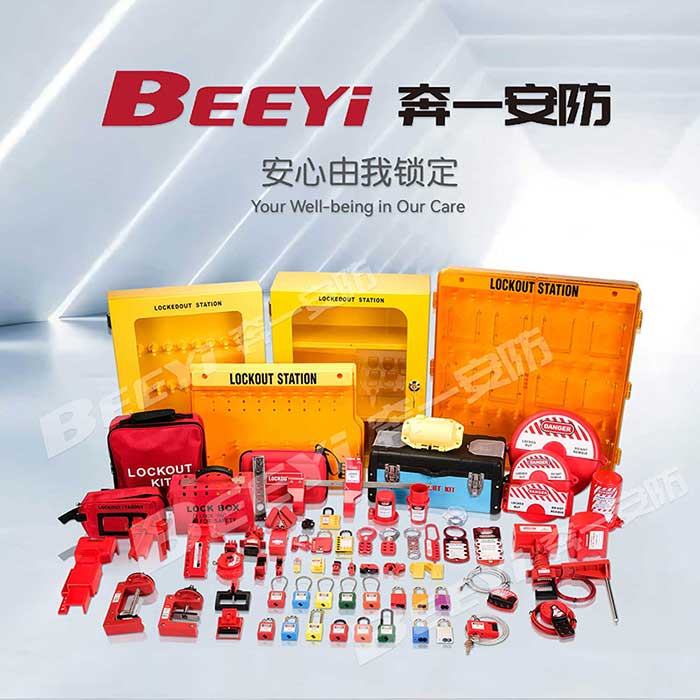the importance of valve lockout devices in industrial safety
Release time:2025-08-25 01:21:58
In industrial settings, safety is always a priority, especially when dealing with hazardous systems that involve pressurized pipes, toxic chemicals, or heavy machinery. One crucial element of ensuring worker safety is the use of lockout/tagout (LOTO) procedures, which prevent unauthorized access to equipment during maintenance or repair work. Among the various devices used in LOTO, the Valve Lockout Device plays a vital role in safeguarding workers from accidental injuries or fatal accidents. This article delves into the importance, types, and benefits of valve lockout devices.

What is a Valve Lockout Device?
A Valve Lockout Device is a safety mechanism designed to secure a valve in either the open or closed position during maintenance or repair. It prevents the valve from being inadvertently operated, ensuring that workers are not exposed to dangerous conditions. These devices come in various designs, but they all serve a similar function — to physically lock the valve handle or actuator in place, preventing it from being turned or adjusted without the appropriate key or authorization.
Lockout devices are a critical part of the Lockout/Tagout procedure, which is a formal safety protocol that requires workers to isolate and control hazardous energy sources during maintenance activities. When using a valve lockout device, a lock is applied to a valve’s operating mechanism, and only authorized personnel with the key or code can remove the lock, ensuring that no one can unknowingly start the system or equipment.

